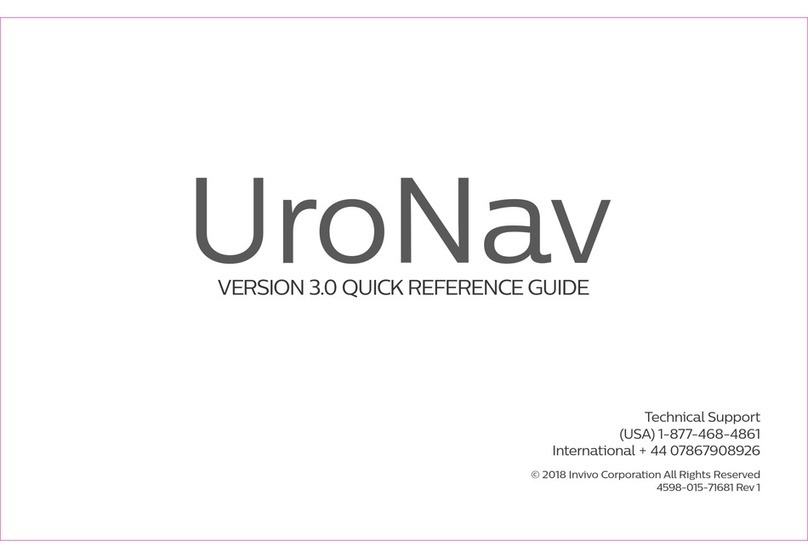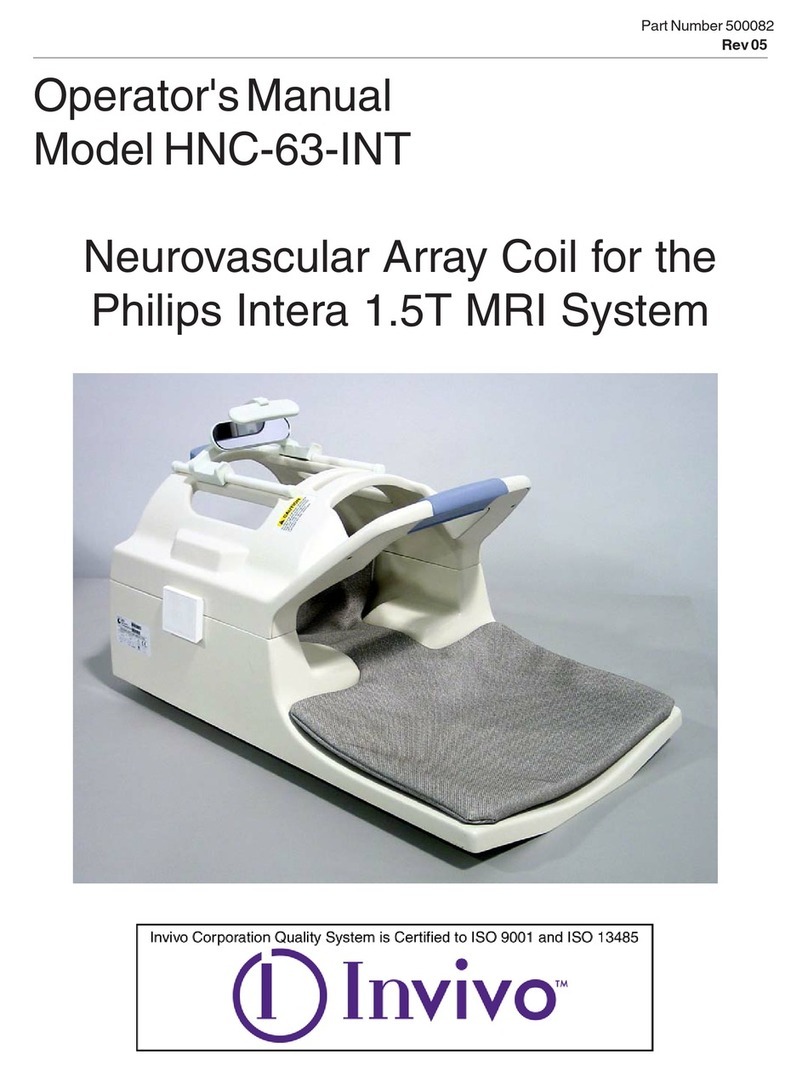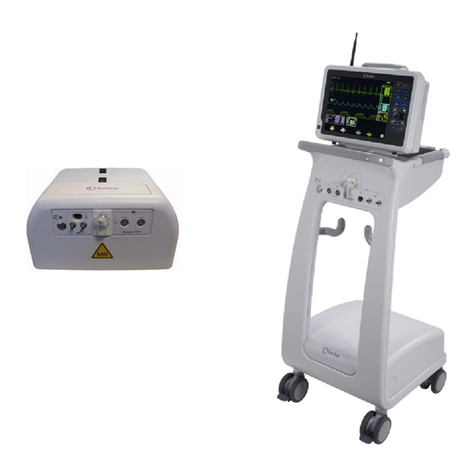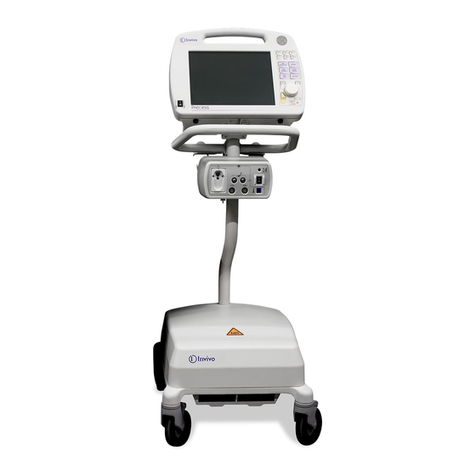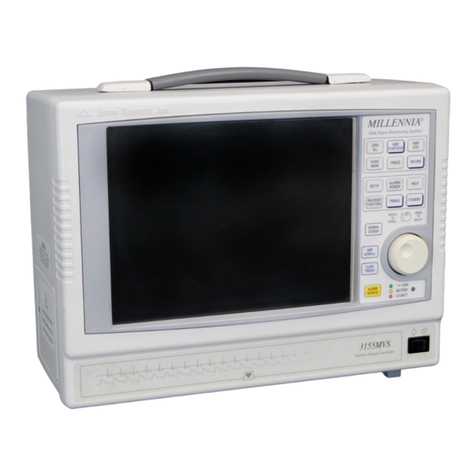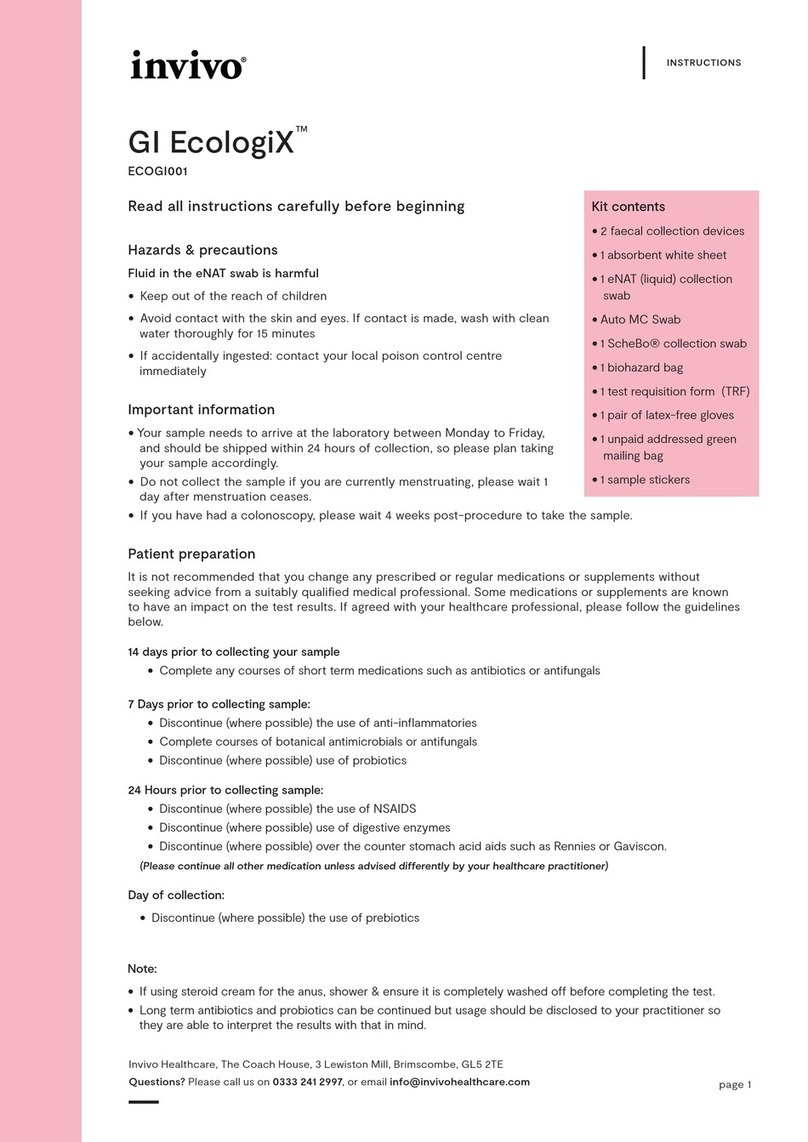
Revised October 2004 3800 Vital Signs Monitor Service Manual iii
Table of Contents
Paragraph Number Page Number
General Information....................................................................................................................... vi
Precautions..................................................................................................................................... ix
Patents and Licensing .................................................................................................................. xiv
1. OVERVIEW................................................................................................................... 1-1
1.1 Escort M8 Vital Signs Monitor Diagrams ....................................................................... 1-1
1.2 Escort M8 Vital Signs Monitor User Interface................................................................ 1-4
1.3 Main Features of the Escort M8 Vital Signs Monitor ..................................................... 1-5
2. INSTALLATION AND CHECKOUT......................................................................... 2-1
2.1 Preinstallation .................................................................................................................. 2-1
2.2 How to Connect the Escort M8 Vital Signs Monitor to Power ....................................... 2-1
2.2.1 Operational Checkout Procedure ..................................................................................... 2-2
3. CONFIGURING THE MONITOR.............................................................................. 3-1
3.1 System Setup.................................................................................................................... 3-1
3.1.1 Setup Menu ...................................................................................................................... 3-1
3.1.2 Setup Biomedical Menu................................................................................................... 3-1
4. BATTERY OPERATION............................................................................................. 4-1
5. FUNCTIONAL VERIFICATION................................................................................ 5-1
6. TROUBLESHOOTING ................................................................................................ 6-1
6.1 Power-up Malfunctions.................................................................................................... 6-1
6.1.1 Display Is Blank At Power-Up (No Power LED Illuminated) ........................................ 6-1
6.1.2 Display Is Blank At Power-Up (with Power LED Illuminated)...................................... 6-1
6.1.3 Monitor Only Displays the Power-Up (“Invivo)MDE M8”) Banner .............................. 6-2
6.1.4 Power-Up Banner Is Followed by A Blank Screen ......................................................... 6-3
6.1.5 Monitor Does Not Run on Battery Power ....................................................................... 6-3
6.2 Physiological Monitoring Malfunctions .......................................................................... 6-3
6.2.1 Monitor Won’t Display an ECG or Respiration Signal................................................... 6-3
6.2.2 Monitor Displays Constant ECG Pacer Annotations....................................................... 6-4
6.2.3 Monitor Displays an “SPO2 Replace Sensor” Message.................................................. 6-4
6.2.4 Monitor Displays a “Temp Needs Service” Message...................................................... 6-4
6.2.5 Monitor Displays an “NBP Needs Service” Message ..................................................... 6-4
6.3 Non-Physiological Monitoring Malfunctions.................................................................. 6-5
6.3.1 Optional Recorder Not Working...................................................................................... 6-5
6.3.2 Missing Rows or Sections of Display Pixels ................................................................... 6-6
6.3.3 Other Technical Messages ............................................................................................... 6-6
6.4 Reducing EMI.................................................................................................................. 6-6
7. REPAIR .......................................................................................................................... 7-1
7.1 External Chassis Components ......................................................................................... 7-2
7.2 Functional Block Diagram............................................................................................... 7-3
7.3 Cable Interconnection/Wiring Diagram........................................................................... 7-4
